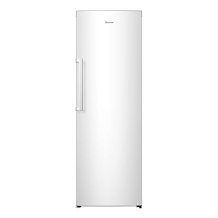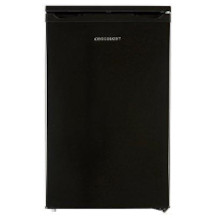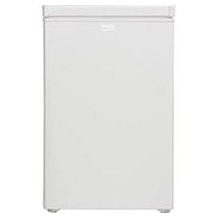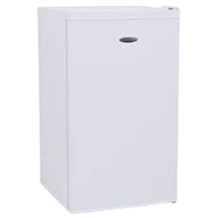Wine fridge purchasing advice: how to choose the right product
- The most important facts in brief
- There are wine refrigerators and wine temperature control cabinets, which differ in terms of how long the wine can be stored – long or short term.
- Anyone who likes to drink or serve wine will benefit from a wine refrigerator. You don’t have to be a full-blooded wine sommelier.
- Wine refrigerators are mainly used in the gastronomy sector, but are also suitable for private use.
- When buying, pay attention to the capacity. The climate class and temperature zones are also decisive for storing different types of wine.
- A wine refrigerator is an ideal addition to a conventional refrigerator, but not a replacement.
What is a wine refrigerator?
Wine growing is one of the oldest cultural assets in many countries. Wine lovers know that wines – depending on the variety – are best enjoyed when they are at the right temperatures. Only in this way can the noble tropics freely develop their aromas. In fact, however, this does not only apply to expensive products; wines from the affordable price categories also taste better when they are well-tempered.
A wine refrigerator offers anyone who likes to drink wine or who serves wine frequently the opportunity to store their wines at an appropriate temperature. This is especially important for wine connoisseurs and sommeliers, but people who only enjoy an occasional glass should also keep an eye on the right light and temperature conditions when storing wine. A wine refrigerator works ideally as a supplement to a conventional refrigerator. Depending on the model, it can hold several bottles of wine.
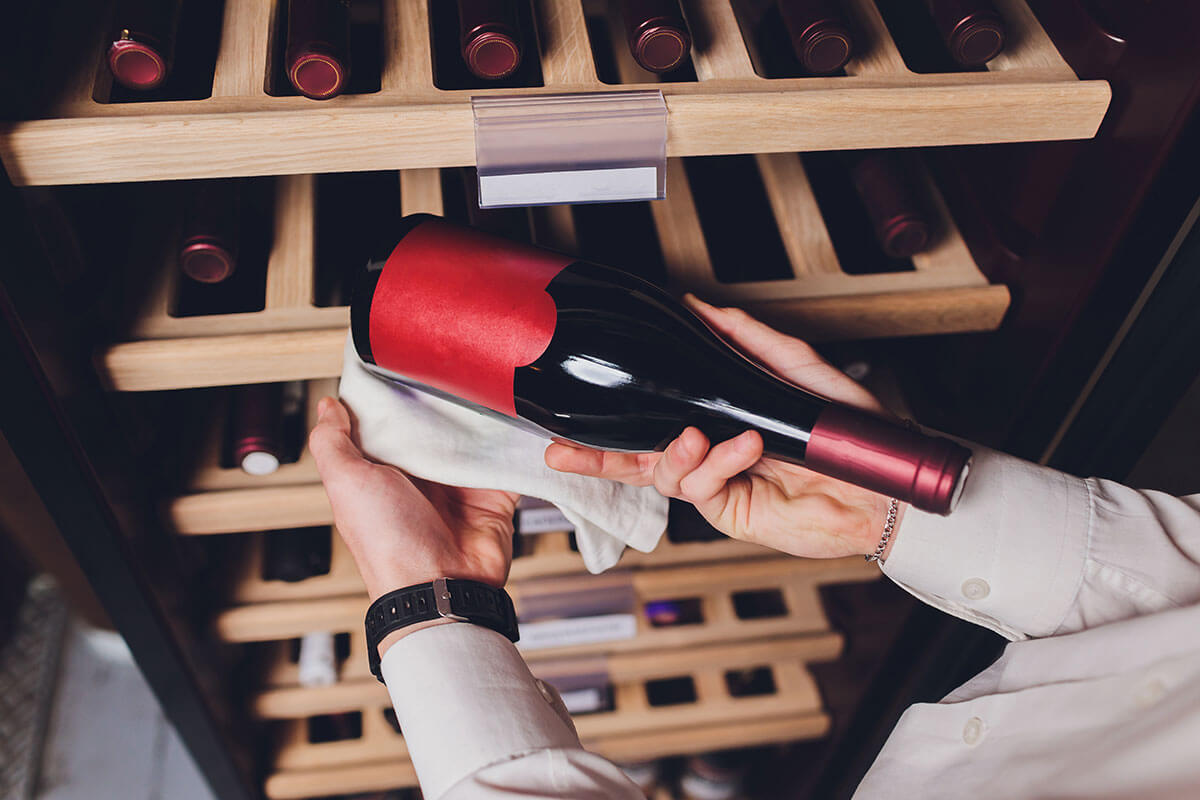
This is why a wine refrigerator is ideal
Flavour and aroma are retained when wines are stored in a wine refrigerator. After all, the right temperature is one of the most important factors. While some types of wine do not develop their full flavour at too low a temperature, others only bring out their aroma when they are stored or served cold. With a special wine refrigerator, the following is possible:
- Set the right temperature
- Adjusting the humidity
- Shielding from UV light
- Protection from shocks
- Isolation from foreign odours
- Storing several bottles at the same time
- Presentation of the bottles like in a showcase
These are the advantages of a wine refrigerator
In conventional refrigerators, there is usually little space for drinks. This is where a wine refrigerator comes in: it makes it possible to store a small or larger stock of bottles – and not only in the kitchen, but also in the living room or any other room. In addition, it offers optimal conditions for the wine. Even if there is a cellar in your own four walls, it does not always offer the best conditions for storing wine bottles. Moreover, many houses or flats do not have a cellar. A wine refrigerator allows the good drops to be stored for years without losing their unique aroma.
Wine refrigerator versus wine temperature control cabinet
In the category of wine refrigerators, a distinction is made between two types of product that should not be confused, as they serve different purposes.
On the one hand, there are the wine refrigerators, also called wine climate cabinets. These best suit your needs if you want to store wines for a long time – possibly for ageing. As a rule, they only have a single temperature zone. Exceptions are made for appliances designed for the catering trade. Private users therefore do not have the option of storing white and red wines in the same refrigerator with this variant, because the products require different temperatures.
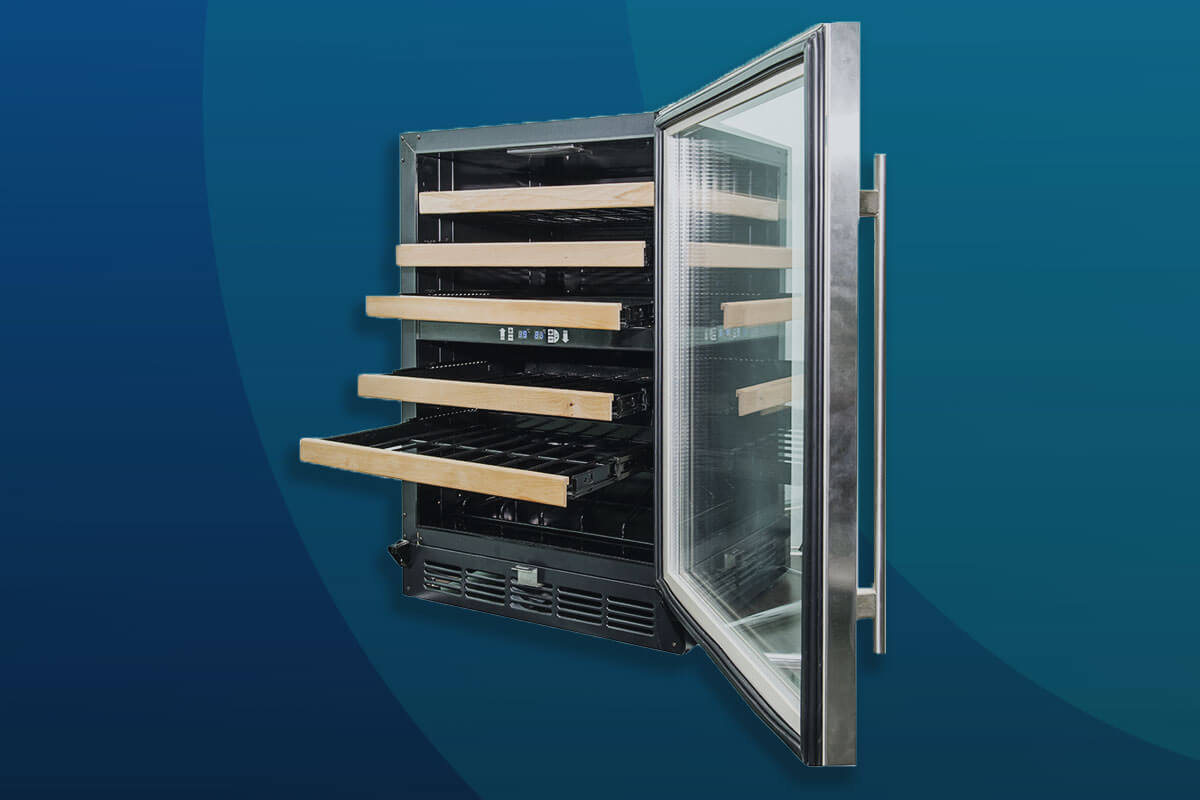
In contrast, a wine temperature control cabinet – also known as a wine cooler – is designed for shorter-term storage and guarantees a suitable temperature for serving the respective wines. It often has two or even three temperature zones so that users can temper red or white wines in it at the same time. The difference between a wine refrigerator and a wine temperature control cabinet is therefore not negligible, as the recommended drinking temperatures of wines are different.
How are wine refrigerators constructed?
Even though they usually resemble a conventional refrigerator in their external shape, they have significant differences on the inside. They have horizontally arranged compartments that hold the wine bottles in rows one below the other. The storage position is therefore always the same, but the arrangement can vary. The number of compartments for the bottles depends on the overall size of the appliance. There are also built-in wine refrigerators as well as free-standing units.
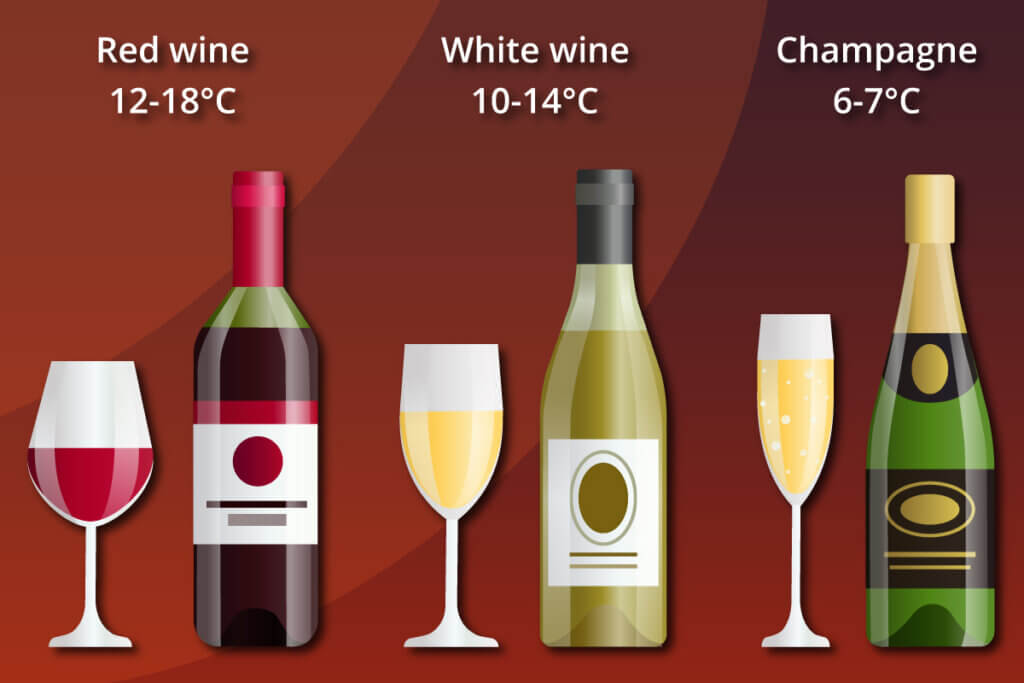
How it works
Wine connoisseurs store their wine bottles for short or long periods in the designated refrigerators by setting the desired temperature on the appliance. There are wine refrigerators with only one temperature zone, but also 2- and even 3-zone wine refrigerators in which different temperatures provide different climate zones.
What matters when buying a wine refrigerator
Before making a purchase decision, users should be clear about which types of wine they want to store and for how long. The best way to do this is to consult the purchase criteria listed below. In addition to the settings and operating options, the most important include the climate class, the ventilation and anti-vibration systems, the temperature zones as well as the dimensions, power consumption and volume.
Settings and operation
Whether touch control panel or buttons – the setting and operating options depend largely on which model and price category you prefer. An LED information screen offers a lot of convenience in use. For some users, however, control knobs for temperature or humidity settings are also perfectly adequate.
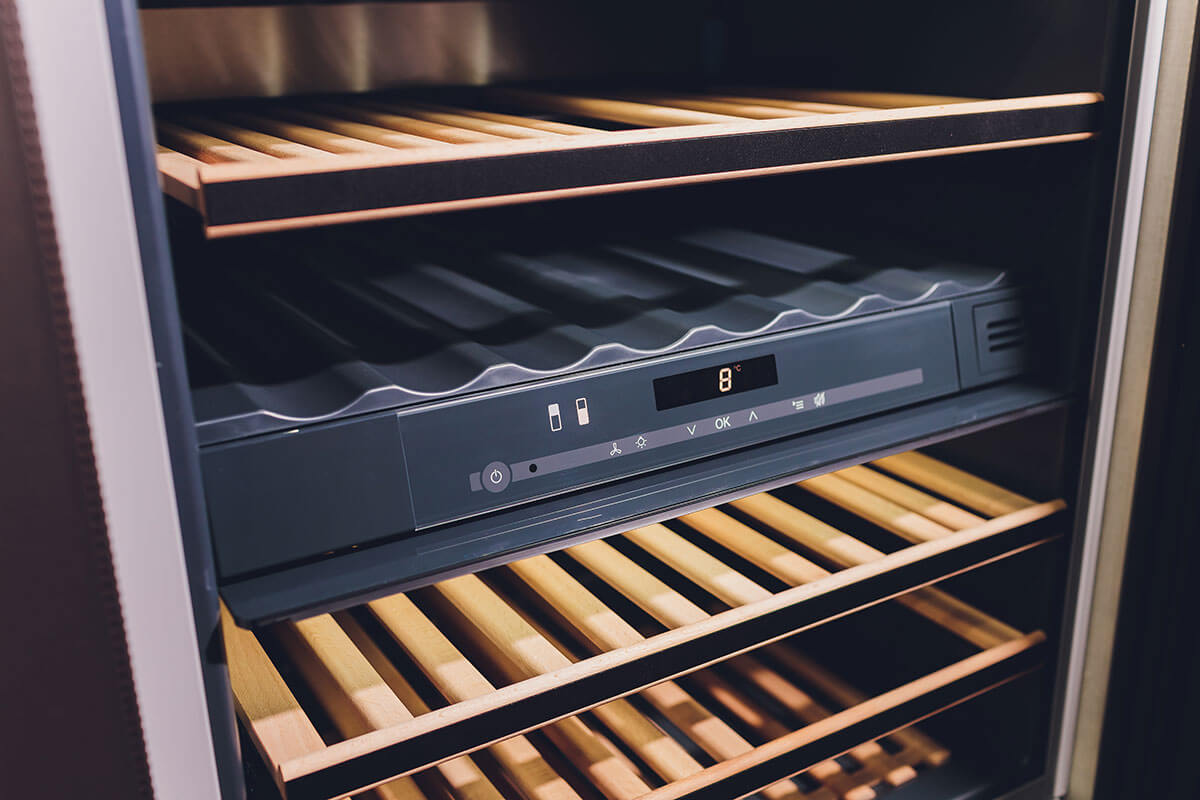
Climate class
The climate class should not be confused with the power consumption. It refers to the ambient temperature, which depends on the location of the wine refrigerator. Depending on whether the refrigerator is in the kitchen, living room or garage, a different climate class is required. To ensure that the temperature of the appliance is optimal and that no damage occurs to the motor or even the entire electronics, you should select the appropriate class.
| Climate class | Meaning | Temperature range |
| T | Tropical | 16 to 43 degrees Celsius |
| ST | Subtropical | 16 to 38 degrees Celsius |
| N | Normal | 16 to 32 degrees Celsius |
| SN | Subnormal | 10 to 32 degrees Celsius |
Why is the right humidity important?
Ideally, the air humidity should be 65 to 70 percent for longer-term storage and between 70 and 80 percent for products stored for shorter periods. If the value is too high, mould may form on the cork. If it is too low, there is a risk that the cork will dry out. Humidity is therefore particularly important for natural corks.
Good ventilation helps against odours
A constant exchange of air, which some models ensure by means of an activated carbon filter, protects against unwanted odours affecting the taste of wine during storage. Despite the cork on the bottle, it is possible for odours to permeate. If the wine refrigerator you have chosen has such a filter, you should maintain it regularly and replace it if necessary. Refrain from storing other foods in the wine refrigerator, as they may give off odours to the wine.
Temperature zones: 1, 2 or 3
The various wine refrigerator models have one, two or three temperature zones. For wine lovers who have their favourite variety or similar wines that should be stored at approximately the same temperature, wine coolers with only one zone are sufficient. Such wine refrigerators are suitable for ageing wines over a longer period of time.
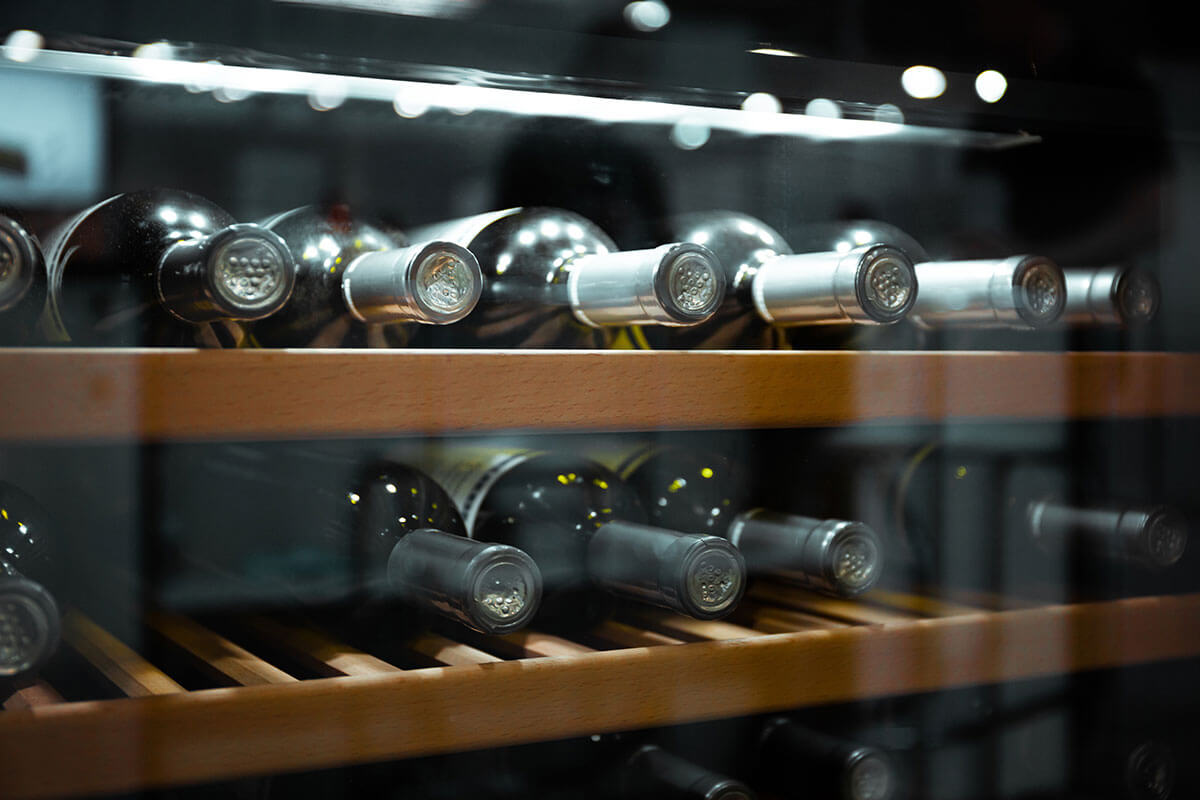
2-zone wine refrigerators, also called serving cabinets, on the other hand, offer different temperature settings. This allows wine sommeliers to store a well-tempered red wine and a well-chilled white in one cabinet for a short time. They are ready to serve at any time. The same applies to 3-zone units. The temperature range of a zone is usually between 5 and 20 degrees Celsius.
Protection and insulation: avoid exposure to UV light
Wine bottles should never be exposed to direct sunlight. For this reason, many wine refrigerators have glass doors that protect against UV light. This is particularly useful if the storage space is in a brightly lit part of the room. Some models also score with LED lighting inside, which emits neither UV light nor too much heat. The walls made of plastic or stainless steel are usually just as well insulated and prevent external circumstances from influencing the wine inside.
Protection against vibration
To protect the wine bottles from vibrations in the base, some manufacturers install special vibration systems in the form of compressors. Especially during the ageing process, it is important that the bottles lie still. Otherwise, there is a risk that deposits, also called “depot” in technical jargon, will be stirred up.
Dimensions and weight
The larger the wine refrigerator, the heavier the weight. For this reason, the location of the refrigerator should be determined in advance so that it does not have to be moved afterwards. Smaller wine refrigerator models have dimensions of around 45 x 35 x 50 centimetres with a weight of approximately 10 kilograms. Larger ones can occupy a space of about 135 x 60 x 75 centimetres. These models usually weigh 70 kilograms or more. At best, measure the desired space before buying.
Capacity
Manufacturers state the maximum capacity of their wine refrigerators based on a 0.75-litre bottle. Smaller appliances usually hold six to twelve bottles, while larger models can store up to 100 bottles of wine. Gastronomy coolers even have a capacity of 200 bottles. Some manufacturers add a corresponding value in litres to the capacity specification.
Power consumption
Wine refrigerators are in continuous operation, which is why they should be particularly energy-efficient. Most appliances can be found in the currently best energy efficiency classes, A+++, A++ and A+. However, the classes always depend on the useful capacity and size. This means that a model in the best class does not necessarily consume the least electricity. The consumption value of kilowatt hours per year provides more information here. Furthermore, the consumption depends on the respective installation location.
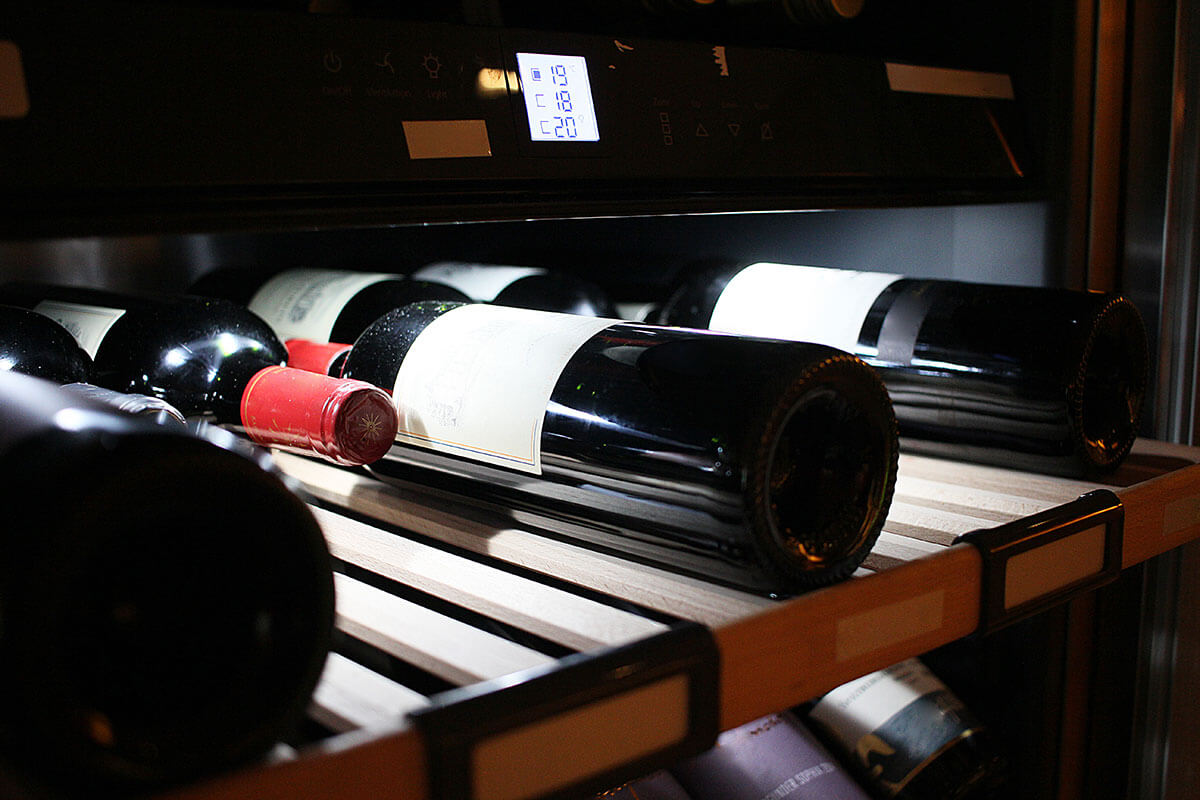
Quiet for you and the wine
Placing a wine refrigerator in the dining or living room is only recommended if the model has a low noise level. This is measured in decibels. Look for the indication “low noise” in the respective product sheet: this means that the volume is between 25 and 40 decibels. In this case, the refrigerator is no louder than a conventional room fan.
Location, storage and temperature
Even before buying a wine refrigerator, you should decide where to place the appliance. Once you have decided on a wine refrigerator, it is time to consider the storage of the wine. Since wines are very demanding, you should pay attention to the storage conditions for the different varieties.
Where is the best place to put a wine refrigerator?
Wine lovers can place the new appliance either in the kitchen or in other living spaces, depending on its size. Cellars are particularly suitable for longer storage periods. The chosen room should not be overheated; a cooler room climate is ideal. In addition, care should be taken to maintain a distance from the washing machine, dryer or dishwasher. The vibrations of the large appliances could damage the wine. Both freestanding models and built-in cabinets should be kept a few centimetres away from all furniture. In some built-in models, this space is already built into the product dimensions.
Tips for optimal wine storage
Regardless of whether you are a wine connoisseur or a casual connoisseur, if you own a wine refrigerator, you should make sure that the wines are stored in the appropriate conditions. Only in this way can the drinks develop their full aroma and mature to perfection.
Store lying down
The compartments inside wine refrigerators are designed to store bottles lying down or at a slight angle – and not just to save space: the cork on the bottle should not dry out. That could cause it to shrink, which in turn would affect the quality of the wine. The cork must therefore be kept constantly moist. However, this does not apply to screw caps or plastic corks, but only to real cork stoppers. If there is no cork, the wine can also be stored standing up.
The right temperatures
Wine experts recommend the following temperatures for different types of wine:
Red wine: fruity, light and young red wines are best enjoyed at a temperature of 12 to 16 degrees Celsius, normal wines between 16 and 18 degrees Celsius and powerful, intense drops at 18 degrees Celsius.
White wine: Young, dry white wines taste best at 9 to 11 degrees Celsius, strong and mature wines at 10 to 12 degrees Celsius and semi-dry white wines at 12 to 14 degrees Celsius.
Rosé and Champagne: At 6 to 7 degrees Celsius, sparkling wines require the coldest storage and serving temperature, which should always remain constant. Avoid temperature fluctuations as well as very warm temperatures above 20 degrees Celsius.
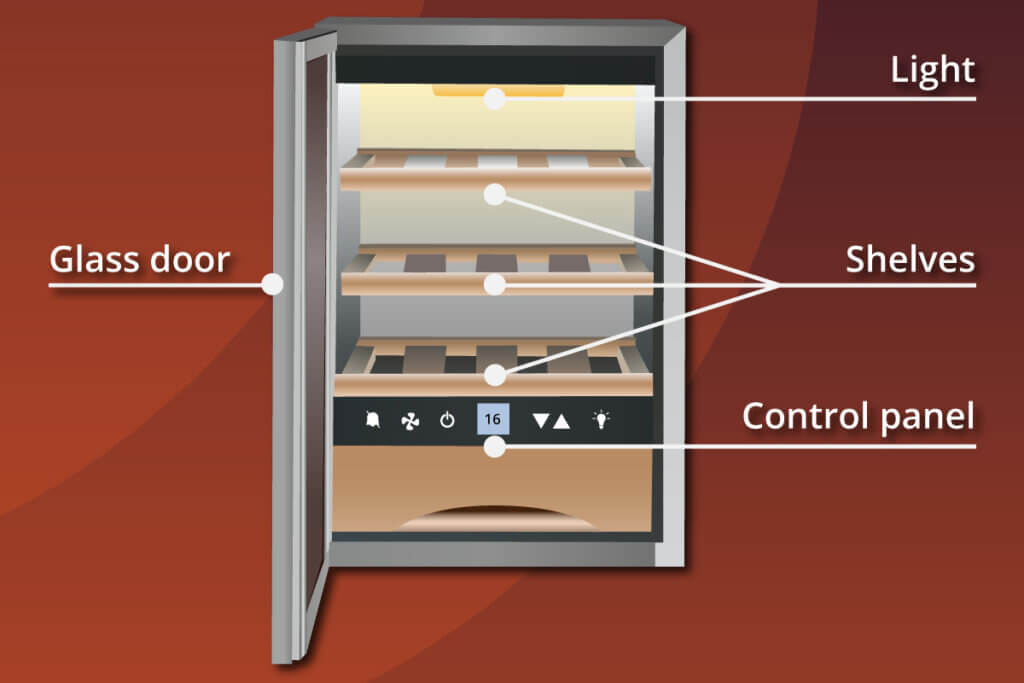
Regular cleaning
Like conventional refrigerators, wine refrigerators also require regular cleaning. The better you look after the appliance, the longer you will benefit from it. If present, change the ventilation filter at regular intervals. Wipe out the wine refrigerator occasionally with a damp cloth. For stubborn residues, you can use a light cleaning agent if necessary. Remove the integrated compartments or shelves occasionally and clean them as well. Make sure that you use a suitable cleaning agent for each material, i.e. wood, plastic and stainless steel.

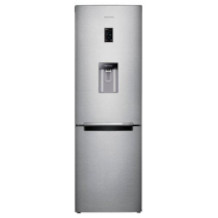
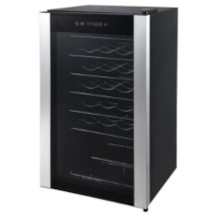
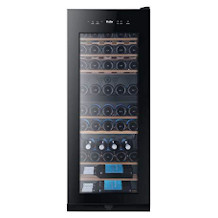
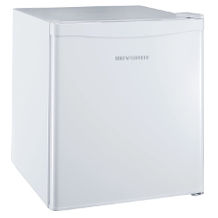
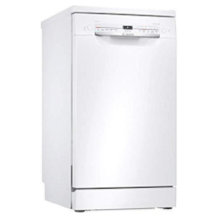
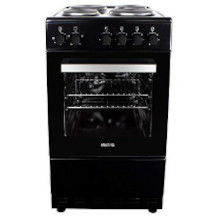
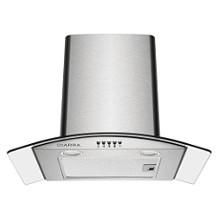
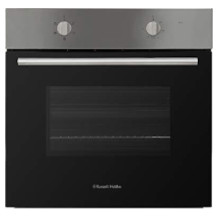
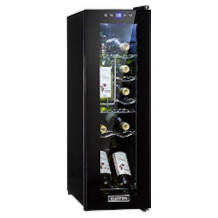
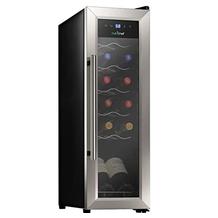
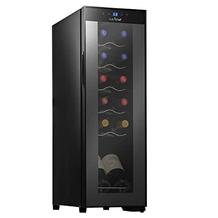
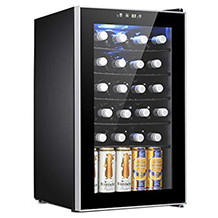
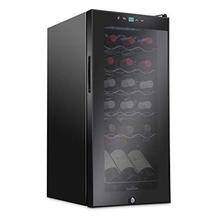
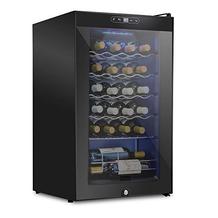
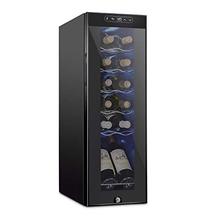

 560 reviews
560 reviews
